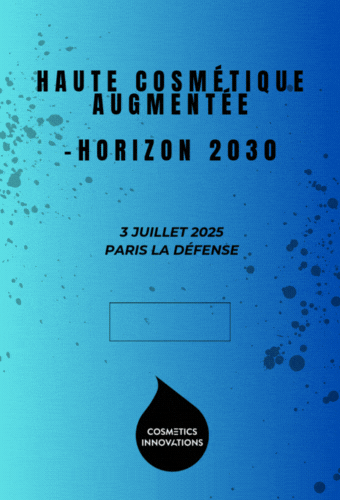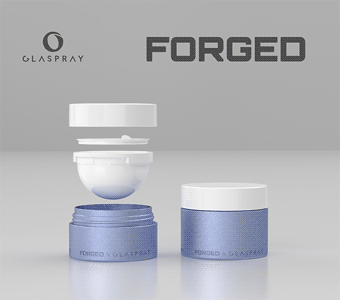The second part of the information day on the ways to develop paraben-free formulas, organized by Premium Beauty News, with the participation of Mulon Conseil (a overview of the first part is available here), reviewed the alternative ingredients to parabens while also highlighting the difficulties associated to their implementation.
As emphasised Stéphane Sellam, Regulatory Affairs and Technical Service Manager for Thor, "70% of the protection for cosmetic products, these last 20 years, has been provided by parabens." Their very good resistance to high temperatures, their antimicrobial efficacy, their relative safety, their ease of formulation, turned them into unavoidable preservatives, until recently.
But successive controversies have arisen consumers awareness. A trend which, as stated Ev Süss, Regional Business Manager for Symrise, has spread throughout Europe. "Originating from an issue raised in Denmark six months ago, now most European countries are asking us to find alternatives to parabens."
Alternative solutions require a lot of know-how and creativity from manufacturers. Some are self-sufficient, but others must be combined to traditional systems of preservation or to the appropriate packaging. "Unfortunately, there aren’t any universal solutions and work must be carried out on a case by case basis with regard to the type of formula to protect, its nature, its pH, its method of use", pointed out Jean-Pierre Arnaud, CEO of Lucas Meyer Cosmetics.
Each supplier has its own "home-made" recipe based on its know-how. Dr Straetmans like Symrise offer customized glycol- and alcohol-based mixtures with a therefore broaden spectrum of activity.
As for Inolex, it relies on the "Hurdle" technology to develop the range of caprylhydroxamic acid-based Spectrastat. "Our product has been formulated to create a hostile environment against microorganisms, we act at such levels as, water activity, pH, concentration of metal ions and on the membrane of microorganisms", explained Lydia Heldermann, Sales & Marketing Manager Europe.
The Thor company, meanwhile, recommends using the non-listed molecules only in addition to conventional preservatives. This is how it has developed the range of Microcare MTD family made from methylisothiazolinone.
The issue on safety
These alternatives to parabens with an initially diverted functionality - because they consists either of emollients, co-emulsifiers, solvents, or aromatic molecules - should have a proven safety. Yet, a number of molecules have low toxicity records, representing an additional challenge with significant financial consequences.
To date, only in-vivo tests are available to assess the sensitizing potential of a product. By 2013, with the announced end of these tests, alternatives will need to emerge. As Jean-Luc Garrigue, BIOAGRI Europe Director explained, "alternative isolated tests will never be able to take account of all the events involved in biological processes".
From raw materials, to new formulation concepts, including appropriate packagings, such as Aptar’s Irresistible distribution system, and the available support, for this approach, of Intertek, a company that can provide a whole range of tests to qualify preservative-free products, "everyone is seeking help from its cortical brain to rethink its universe," concluded Laurence Mulon.




































